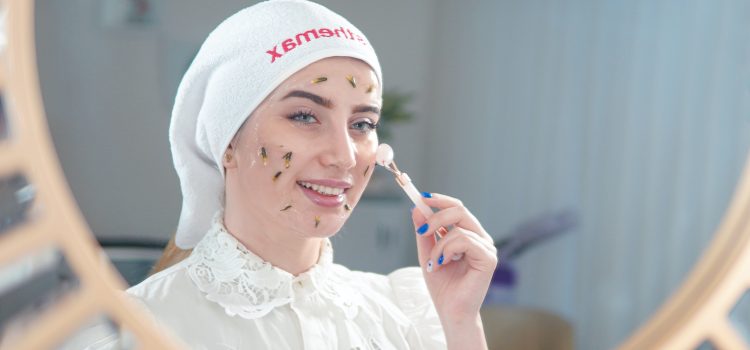
In the world of skincare, acne is a common concern that affects many individuals. However, not all acne is created equal. While traditional acne is often caused by bacteria, another form of acne known as fungal acne, or pityrosporum folliculitis, is caused by an overgrowth of yeast on the skin’s surface. Fungal acne can be frustrating to deal with, as it requires a different approach and understanding of the ingredients that can aggravate the condition.
One crucial aspect of managing fungal acne is the choice of skincare products. Specifically, it’s important to stay away from heavy oils and emollients that can worsen the condition. Here’s why:
Understanding Fungal Acne
Fungal acne occurs when an overgrowth of a specific type of fungus called Malassezia disrupts the balance of the skin. This overgrowth leads to the development of small, itchy bumps that resemble traditional acne. These bumps are typically uniform in size and can appear on the face, chest, back, or other areas of the body.
Heavy Oils and Emollients: A Breeding Ground for Fungal Overgrowth
Certain oils and emollients, although beneficial for other skin types, can create an environment conducive to fungal overgrowth in individuals prone to fungal acne. These heavy substances tend to sit on the surface of the skin, forming a barrier that traps heat and moisture. This trapped environment provides an ideal breeding ground for the Malassezia fungus, leading to the proliferation of fungal acne.
Identifying Problematic Ingredients
To effectively manage fungal acne, it’s important to identify the oils and emollients that can exacerbate the condition. Here are some commonly used ingredients to watch out for:
1. Coconut Oil: Coconut oil, often praised for its moisturizing properties, is a known culprit when it comes to fungal acne. While it may work well for some individuals, its high content of lauric acid can promote the growth of Malassezia, worsening the condition.
2. Mineral Oil: Mineral oil is a popular ingredient in many skincare products due to its occlusive properties. However, this heavy oil can trap moisture and heat, creating an environment where the fungus thrives.
3. Shea Butter: Shea butter, derived from the African shea tree, is a rich emollient that is commonly found in moisturizers and body creams. Unfortunately, it can be problematic for those with fungal acne-prone skin, as it can clog pores and contribute to fungal overgrowth.
4. Lanolin: Lanolin, a natural oil derived from sheep’s wool, is often used in skincare products for its moisturizing properties. However, it has the potential to exacerbate fungal acne due to its heavy texture and occlusive nature.
5. Beeswax: Beeswax is a common ingredient in skincare formulations due to its thickening and emollient properties. However, it can create a barrier on the skin’s surface that promotes the growth of fungus, leading to the development of fungal acne.
Finding Suitable Alternatives
When dealing with fungal acne, it’s important to choose lightweight, non-comedogenic products that won’t suffocate the skin or provide a favorable environment for fungal overgrowth. Look for water-based moisturizers and serums that are specifically formulated for acne-prone or sensitive skin. Ingredients like hyaluronic acid, niacinamide, and lightweight oils such as squalane can provide hydration without exacerbating fungal acne.
Consulting a Dermatologist
If you’re struggling with fungal acne, it’s advisable to consult a dermatologist who can provide tailored advice and recommend suitable products for your specific condition. They can help you navigate the world of skincare and develop a
routine that addresses your concerns while avoiding ingredients that can trigger or worsen fungal acne.
In conclusion, when it comes to managing fungal acne, it’s crucial to steer clear of heavy oils and emollients that can create an environment conducive to fungal overgrowth. By understanding the ingredients to avoid and opting for suitable alternatives, individuals with fungal acne-prone skin can promote a clearer, healthier complexion. Remember, finding the right skincare routine is a journey, and seeking professional guidance can significantly enhance your efforts in combating this specific type of acne.










